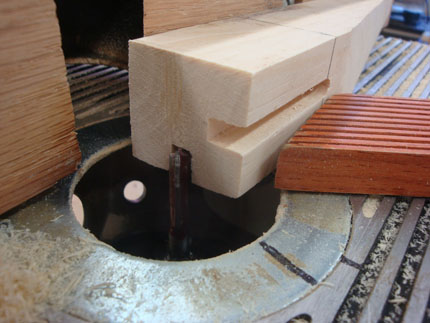Weston Middle School
Technology/EngineeringCourse Materials
Grade 8 Design-Constructiont-Massachusetts
Frameworks
| MS-ETS1-1. Define the criteria and constraints of a design problem with sufficient precision to ensure a successful solution. Include potential impacts on people and the natural environment that may limit possible solutions.* MS-ETS1-5(MA). Create visual representations of solutions to a design problem. Accurately interpret and apply scale and proportion to visual representations.* [Clarification Statement: Examples of visual representations can include sketches, scaled drawings, and orthographic projections. Examples of scale can include ¼’’ = 1’0’’, 1 cm = 1 m.] MS-ETS1-6(MA). Communicate a design solution to an intended user, including design features and limitations of the solution. [Clarification Statement: Examples of intended users can include students, parents, teachers, manufacturing personnel, engineers, and customers.] MS-ETS2-1(MA). Analyze and compare properties of metals, plastics, wood and ceramics, including stiffness, strength, ductility, hardness, thermal conductivity, electrical conductivity, and melting point. MS-ETS2-2(MA). Given a design task, select appropriate materials based on specific properties needed in the construction of a solution. [Clarification Statement: Examples of materials can include metals, plastics, wood, and ceramics.] MS-ETS2-3(MA). Choose and safely use appropriate measuring tools, hand tools, fasteners and common power tools used to construct a prototype.* [Clarification Statement: Examples of measuring tools include a tape measure, a meter stick, and a ruler. Examples of hand tools include a hammer, a screwdriver, a wrench and pliers. Examples of fasteners include nails, screws, nuts and bolts, staples, glue, and tape. Examples of common power tools include jig saw, drill, and sander.] MS-ETS1-2. Evaluate competing solutions to a given design problem using a systematic process to determine how well each meets the criteria and constraints of the problem. Use a model of each solution to evaluate how variations in one or more design features, including size, shape, weight, or cost, may affect the function or effectiveness of the solution.* MS-ETS1-7(MA). Construct a prototype of a solution to a given design problem.* |
Links
EditRegi on5
on5
Revised March 2015 by Jonathan Dietz,
dietzj@weston.org